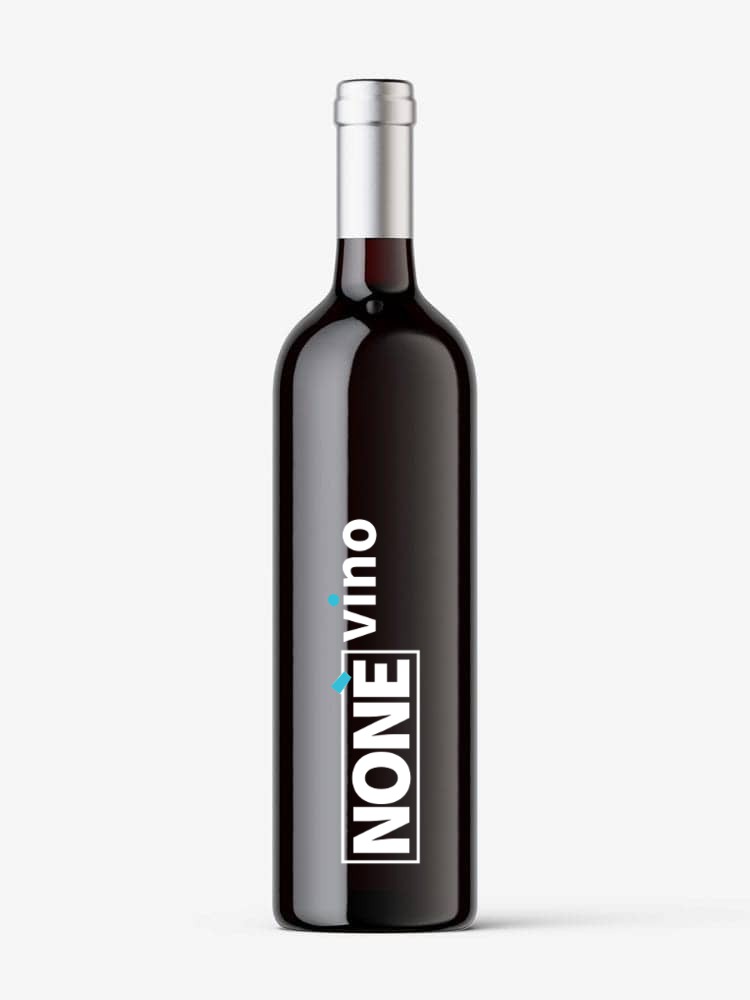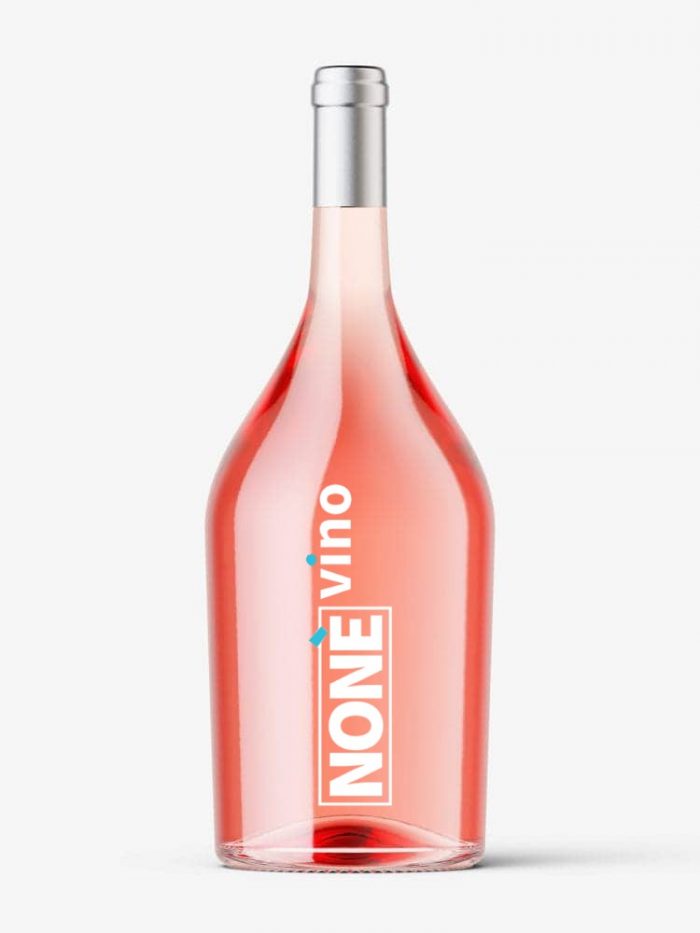During the vinification phases, only loyal and constant oenological practices of the area are allowed, suitable to give the wines their peculiar quality characteristics.
The winemaking practices of wine DOCG Barolo provide, among other things, that:
– The maximum yield of grapes in finished wine must not exceed 70% for both types of Barolo. If this yield exceeds the indicated percentage, but not more than 75%, the excess will not be entitled to the DOCG and beyond this percentage limit the right to the DOCG for the whole product lapses.
– In compliance with the % of grape / wine yield and in the presence of certain cultivation requirements, the term ” Vigna ” may be mentioned.
– Both types of wine must undergo a mandatory aging period of at least 38 months for Barolo wine and 62 months for Barolo Riserva wine. At the end of the aging period, the maximum yield of grapes into wine should not exceed 68% for both types of Barolo.
– The DOCG «Barolo» and «Barolo Riserva» can be followed by one of the following «additional geographical indications»: Albarella, Altenasso or Garblet Suè or Garbelletto Superiore, Annunziata, Arborina, Arione, Ascheri, Bablino, Badarina, Baudana, Bergeisa, Bergera-Pezzole, Berri, Bettolotti, Boiolo, Borzone, Boscareto, Boscatto, Boschetti, Brandini, Brea, Breri, Bricco Ambrogio, Bricco Boschis, Bricco Chiesa, Bricco Cogni, Bricco delle Viole, Bricco Luciani, Bricco Manescotto, Bricco Manzoni, Bricco Rocca, Bricco Rocche, Bricco San Biagio, Bricco San Giovanni, Bricco San Pietro, Bricco Voghera, Briccolina, Broglio, Brunate, Brunella, Bussia, Campasso, Cannubi, Cannubi Boschis or Cannubi, Cannubi Muscatel or Cannubi, Cannubi San Lorenzo or Cannubi, Cannubi Valletta or Cannubi, Canova, Capalot, Cappallotto, Carpegna, Case Nere, Castagni, Castellero, Castelletto, Castle, Cerequio, Cerrati, Cerretta, Cerviano- Merli, Ciocchini, Ciocchini-Loschetto, Codana, Collaretto,Colombaro, Conca, Corini-Pallaretta, Costabella,
Coste di Rose, Coste di Vergne, Crosia, Damiano, the municipality of Barolo, the municipality of Castiglione Falletto, the municipality of Cherasco, the municipality of Diano d’Alba, the municipality of Grinzane Cavour, from the municipality of La Morra, from the municipality of Manforte d’Alba, from the municipality of Novello, from the municipality of Roddi, from the municipality of Serralunga d’Alba, from the municipality of Verduno, Drucà, Falletto, Fiasco, Fontanafredda, Fossati, France , Gabutti, Galina, Gallaretto Garretti, Gattera, Giachini, Gianetto, Ginestra, Gramolere, Gustava, La Corte, La Serra, La Vigna, La Volta, Lazzarito, Le Coste, Le Coste di Monforte, Le Turne, Lirano, Liste, Manocino , Mantoetto, Marenca, Margheria, Mariondino or Monriondino or Bricco Moriondino, Massara, Meriame, Monprivato, Monrobiolo di Bussia, Montanello, Monvigliero, Mosconi, Neirane, Ornato,Paiagallo, Panerole, Parafada, Parussi, Pernanno, Perno, Piantà, Pira, Pisapola, Prabon, Prapò, Preda, Pugnane, Ravera, Ravera di Monforte, Raviole, Riva Rocca, Rivassi, Rive, Rivette, Rocche dell’Annunziata, Rocche dell ‘Olmo, Rocche di Castiglione, Rocchettevino, Rodasca, Roere di Santa Maria, Roggeri, Roncaglie, Ruè, San Bernardo, San Giacomo, San Giovanni, San Lorenzo, San Lorenzo di Verduno, San Pietro, San Ponzio, San Rocco, Santa Maria , Sant’Anna, Sarmassa, Scarrone, Serra, Serra dei Turchi, Serradenari, Silio, Solanotto, Sorano, Sub-castle of Novello, Teodoro, Terlo, Torriglione, Valentino, Vignane, Vignarionda, Vignolo, Villero, Zoccolaio, Zonchetta, Zuncai.







